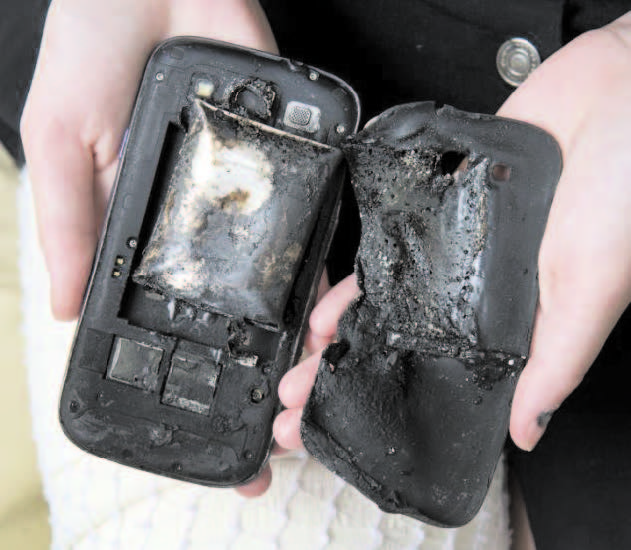
LONDON (TIP): Scientists have been able to track the entire process of what happens inside lithium-ion batteries that leads to their overheating and exploding.
“Understanding how Li-ion batteries fail and potentially cause a dangerous chain reaction of events is important for improving their design to making them safer to use and transport,” said the scientists.
“We combined high energy synchrotron X-rays and thermal imaging to map changes to the internal structure and external temperature of two types of Li-ion batteries as we exposed them to extreme levels of heat,” said first author Donal Finegan from University College London (UCL).
The team looked at the effects of gas pockets forming, venting and increasing temperatures on the layers inside two distinct commercial Li-ion batteries as they exposed the battery shells to temperatures in excess of 250 degrees Celsius.
The battery with an internal support remained largely intact up until the initiation of thermal runaway, at which point the copper material inside the cell melted indicating temperatures up to 1,000 degrees Celsius.This heat spread from the inside to the outside of the battery causing thermal runaway.
In contrast, the battery without an internal support exploded causing the entire cap of the battery to detach and its contents to eject. Prior to thermal runaway, the tightly packed core collapsed, increasing the risk of severe internal short circuits and damage to neighbouring objects.
“Hopefully from using our method, the design of safety features of batteries can be evaluated and improved,” said corresponding author Paul Shearing, also from UCL.





Be the first to comment